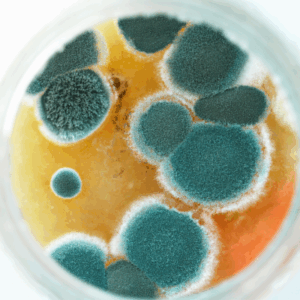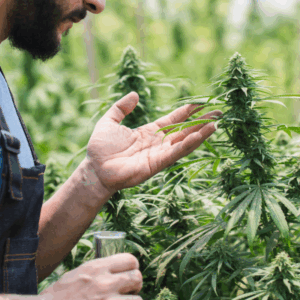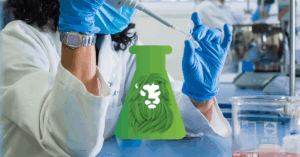Contaminants, Microbes, and Mold: Hidden Threats in Production & How to Avoid Them
When it comes to cultivation and production, quality and safety go hand in hand. While every grower wants their harvest to shine, the hidden threats of contaminants, microbes, and mold can quickly derail even the most carefully managed operation. Beyond impacting the bottom line, contamination poses serious risks to consumer health, brand reputation, and regulatory compliance.
At CATLAB, LLC, we see firsthand how these issues emerge, how they’re tested, and—most importantly—how they can be prevented.
Why Contaminants Are a Big Deal
Contamination doesn’t just mean visible mold on a flower or product. It can include:
- Microbial contamination (bacteria, yeast, and mold) that threaten both shelf life and safety.
- Chemical contamination from pesticides, heavy metals, or improper handling.
- Cross-contamination caused by improper cleaning, poor workflow design, or human error.
Even small amounts of these contaminants can result in failed tests, product recalls, or worse—consumer harm.
 The Role of Microbes and Mold
The Role of Microbes and Mold
Microbes and mold thrive in warm, humid environments—exactly the conditions used to cultivate many products. Mold spores are nearly invisible to the naked eye and can spread quickly if left unchecked. Common offenders include:
- Aspergillus species – A dangerous mold that can cause respiratory illness.
- Yeast and other fungi – Which compromise product integrity and safety.
- E. coli and Salmonella – Harmful bacteria that are red flags for any consumer product.
Because they’re not always visible, microbial testing is the only reliable way to ensure product safety and compliance.
What Testing Reveals
Accurate lab testing is your strongest defense against contamination. At CATLAB, LLC, we use validated methods to identify the presence of harmful microbes, mold, and contaminants. Testing provides:
- Clear data on whether your product meets state safety requirements.
- Early detection of contamination before it spreads further in your operation.
- Confidence for both producers and consumers that products are safe and compliant.
Our certifications, including ISO, CDC, and OCP, ensure that every test is accurate, consistent, and backed by the highest standards.
Best Practices to Prevent Contamination
While testing provides the data, prevention starts in the grow room and production floor. Here are some best practices every operator should adopt:
- Control the environment. Keep humidity and temperature in check to prevent mold growth.
- Practice strict hygiene. Train staff in proper sanitation and enforce cleanroom standards.
- Separate workflow zones. Design spaces so that cultivation, trimming, extraction, and packaging are isolated to minimize cross-contamination.
- Regularly clean and disinfect. From tools to HVAC systems, every piece of equipment can harbor contaminants if ignored.
- Test proactively. Don’t wait for a regulatory deadline—regular testing can catch issues before they become costly.
 How to Respond If Contamination Appears
How to Respond If Contamination Appears
Even with the best systems, contamination can happen. The key is to respond quickly and effectively:
- Identify the source. Is it environmental, equipment-based, or from handling?
- Isolate affected products. Prevent further spread by removing contaminated batches.
- Remediate the issue. Deep clean facilities, adjust workflows, or retrain staff as needed.
- Retest. Confirm that corrective actions worked before releasing products.
The Bottom Line
Contaminants, microbes, and mold don’t just threaten crops—they threaten consumer trust, regulatory approval, and business growth. By combining proactive prevention with reliable testing, producers can safeguard both their products and their reputation.
At CATLAB, LLC, we’re committed to helping operators across Maine and beyond protect what matters most: safety, compliance, and quality. With our certified testing services and free sample pickup, we make it easier than ever to stay ahead of hidden threats.
👉 Contact us today to schedule testing and keep your operation contamination-free.

